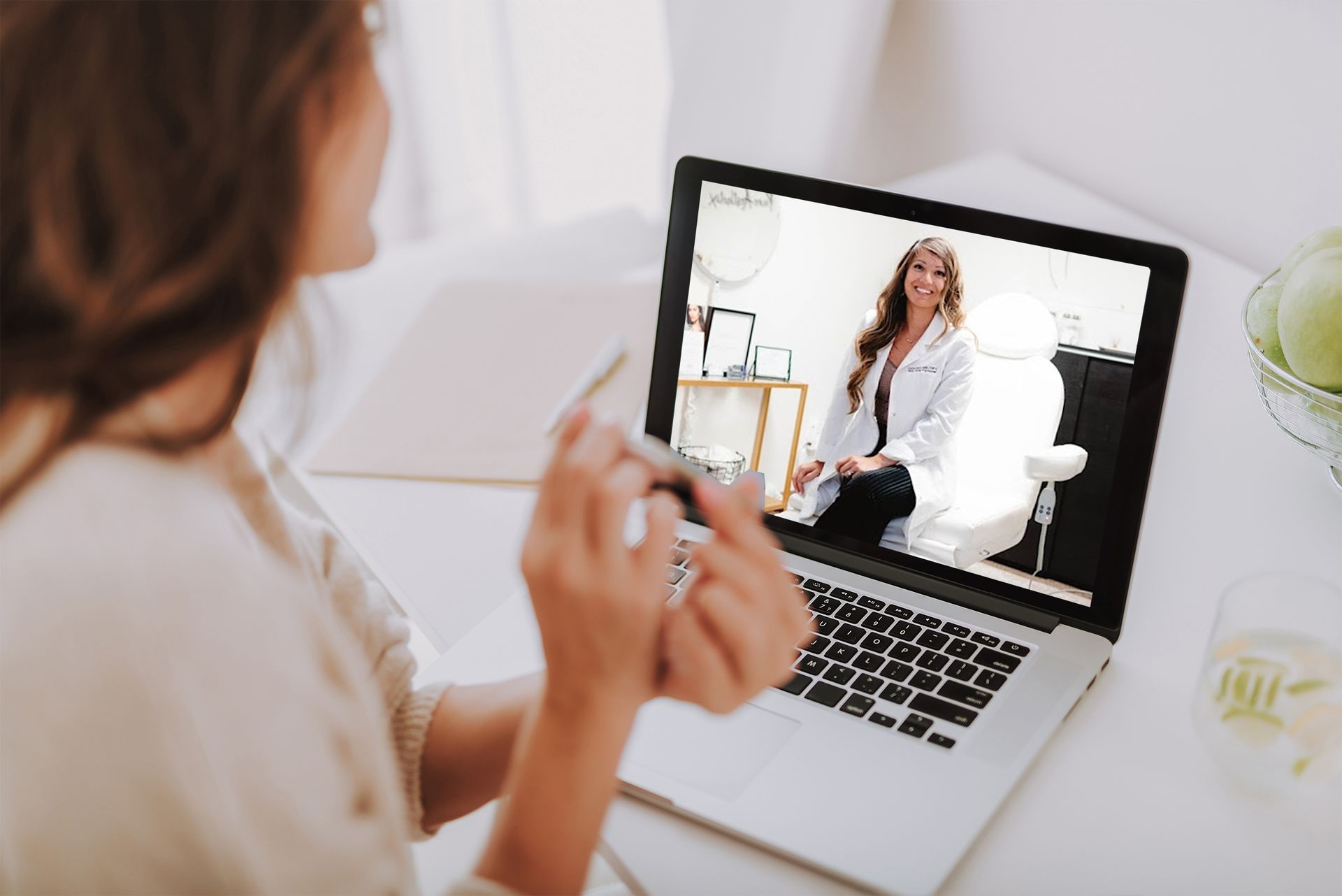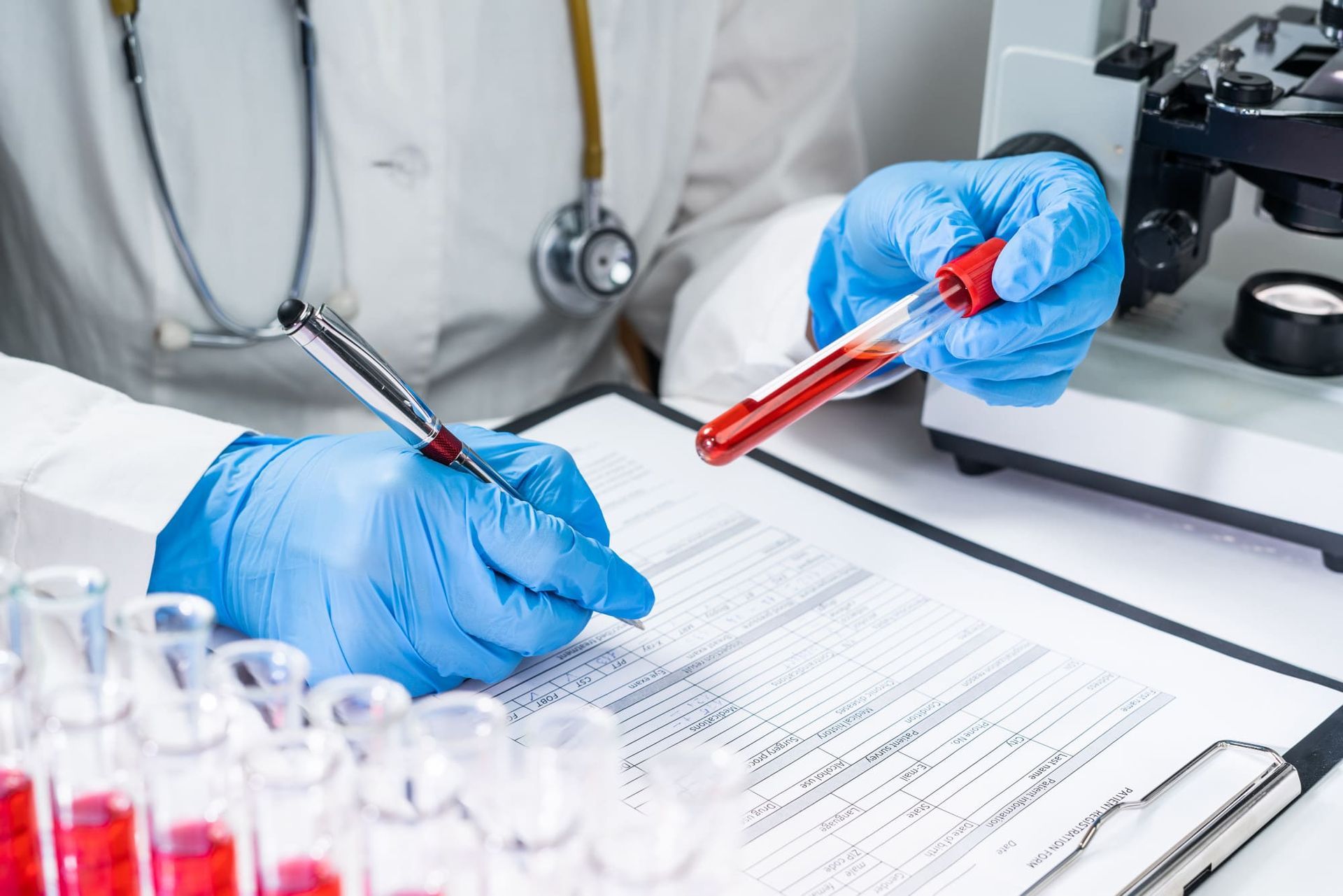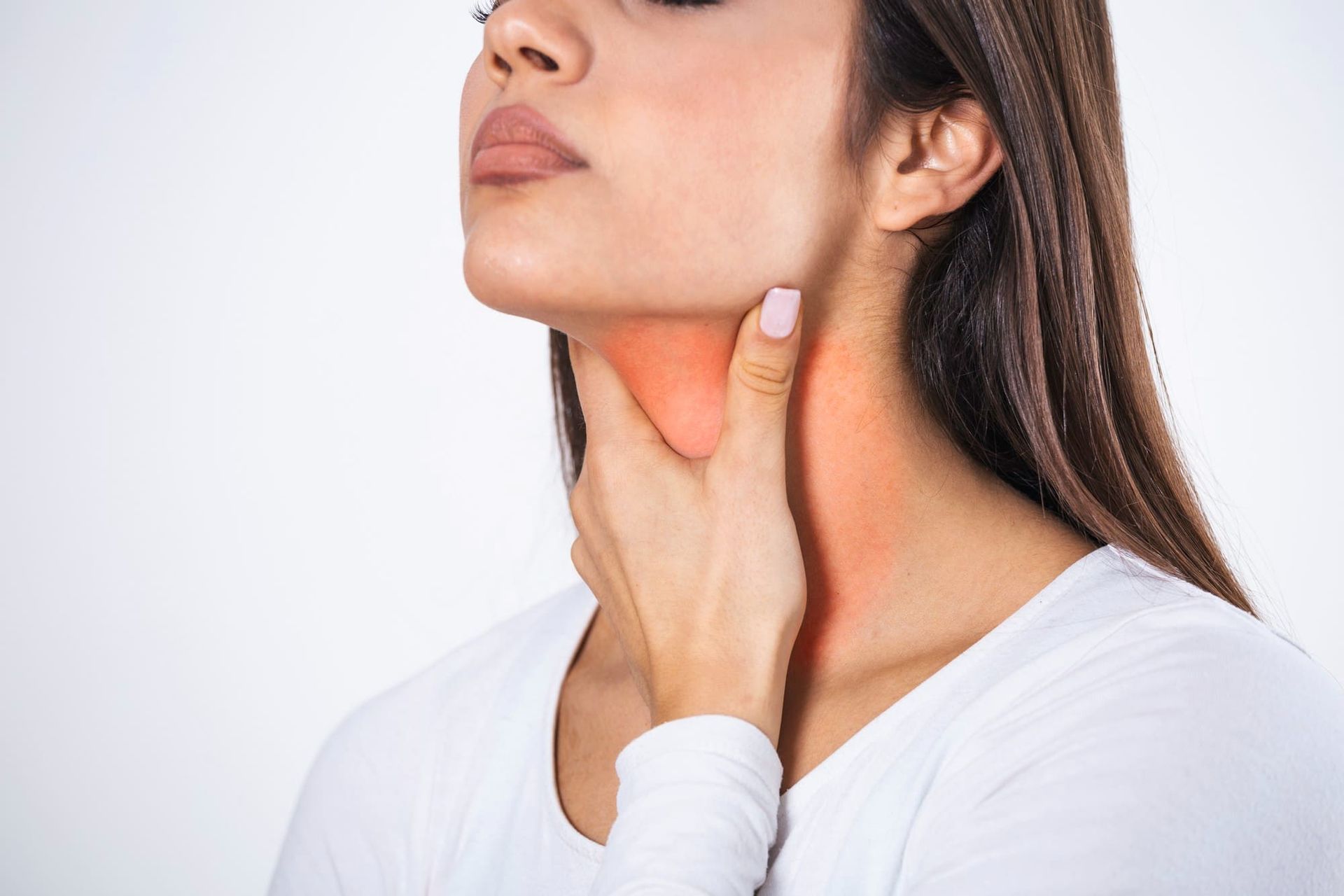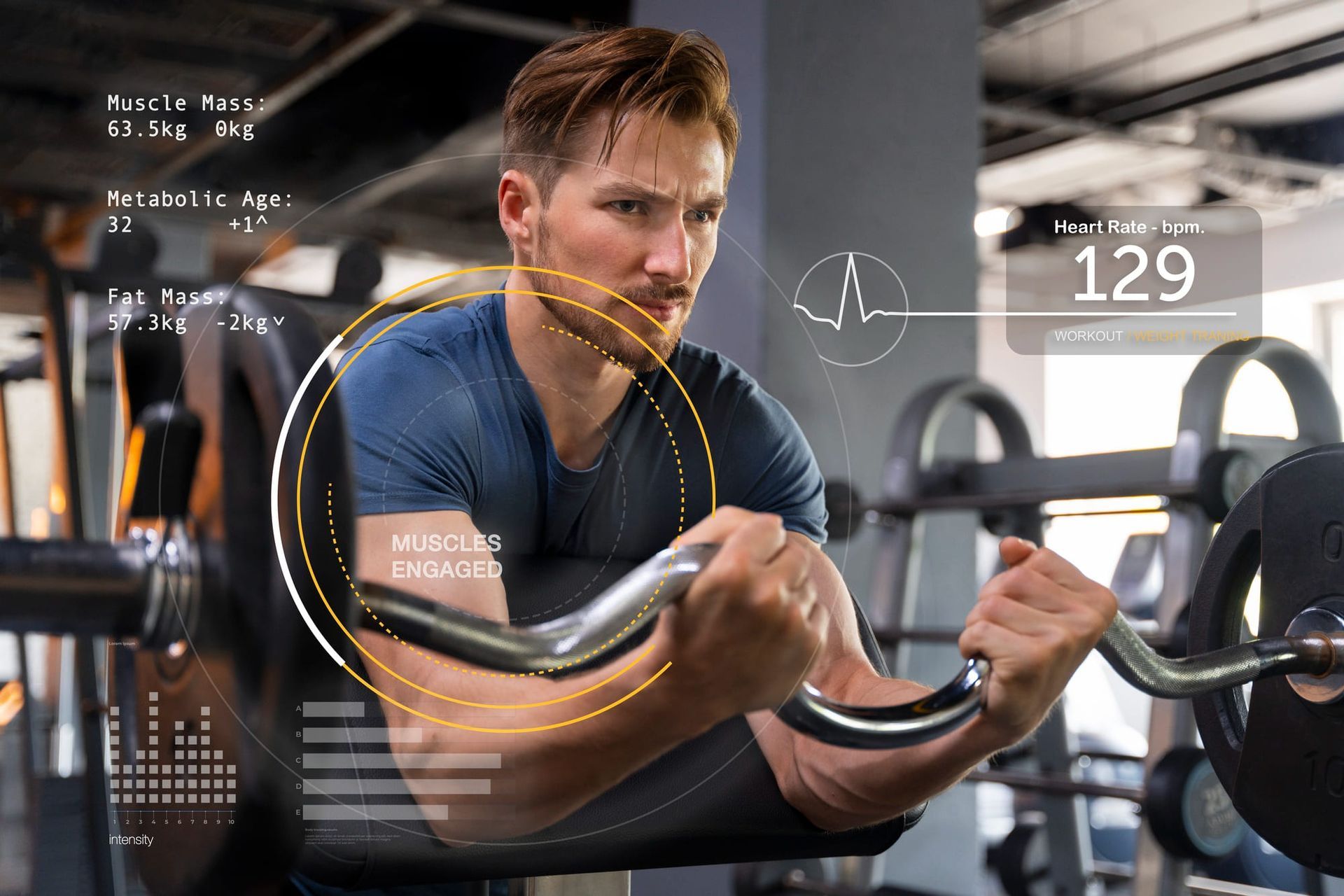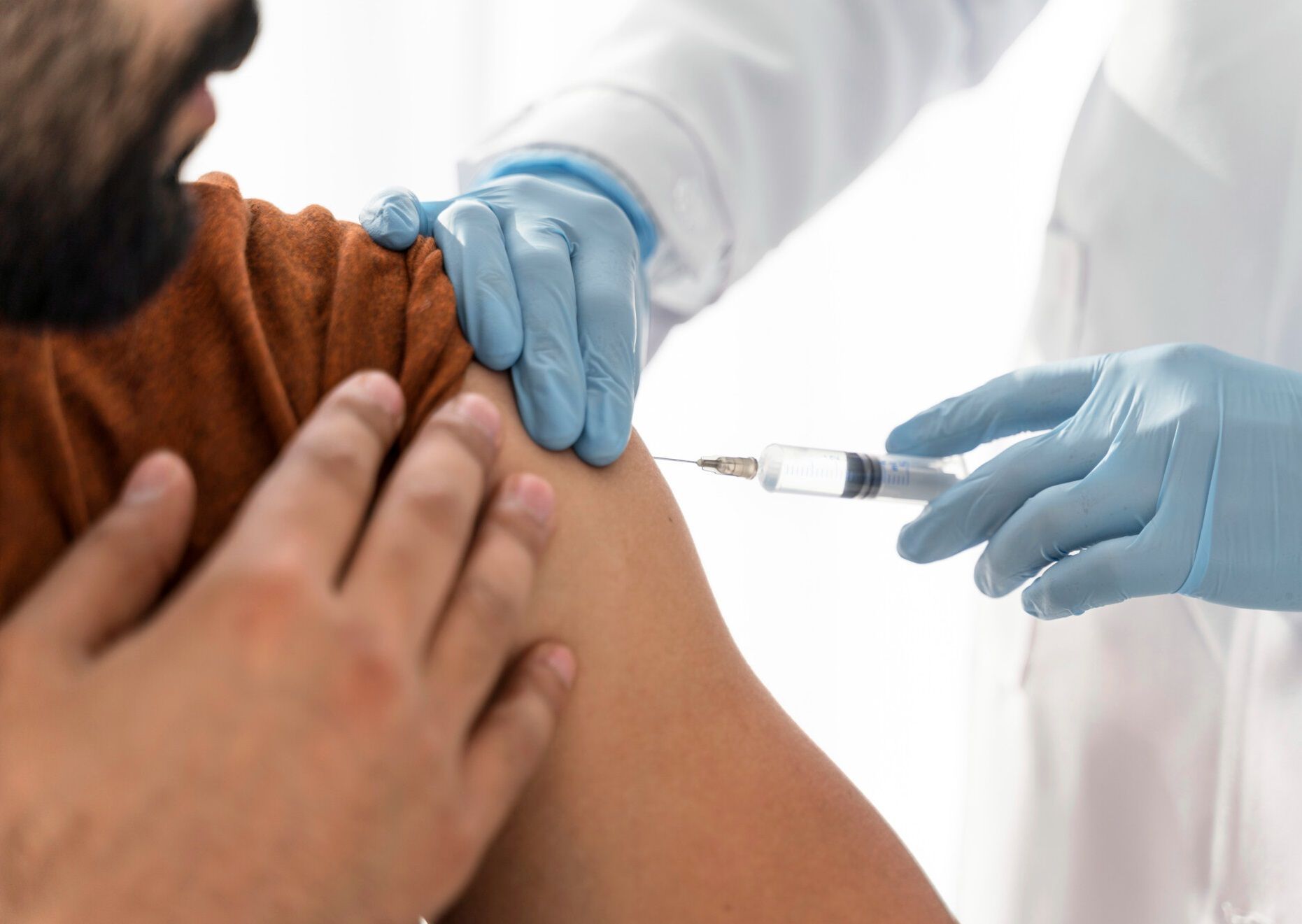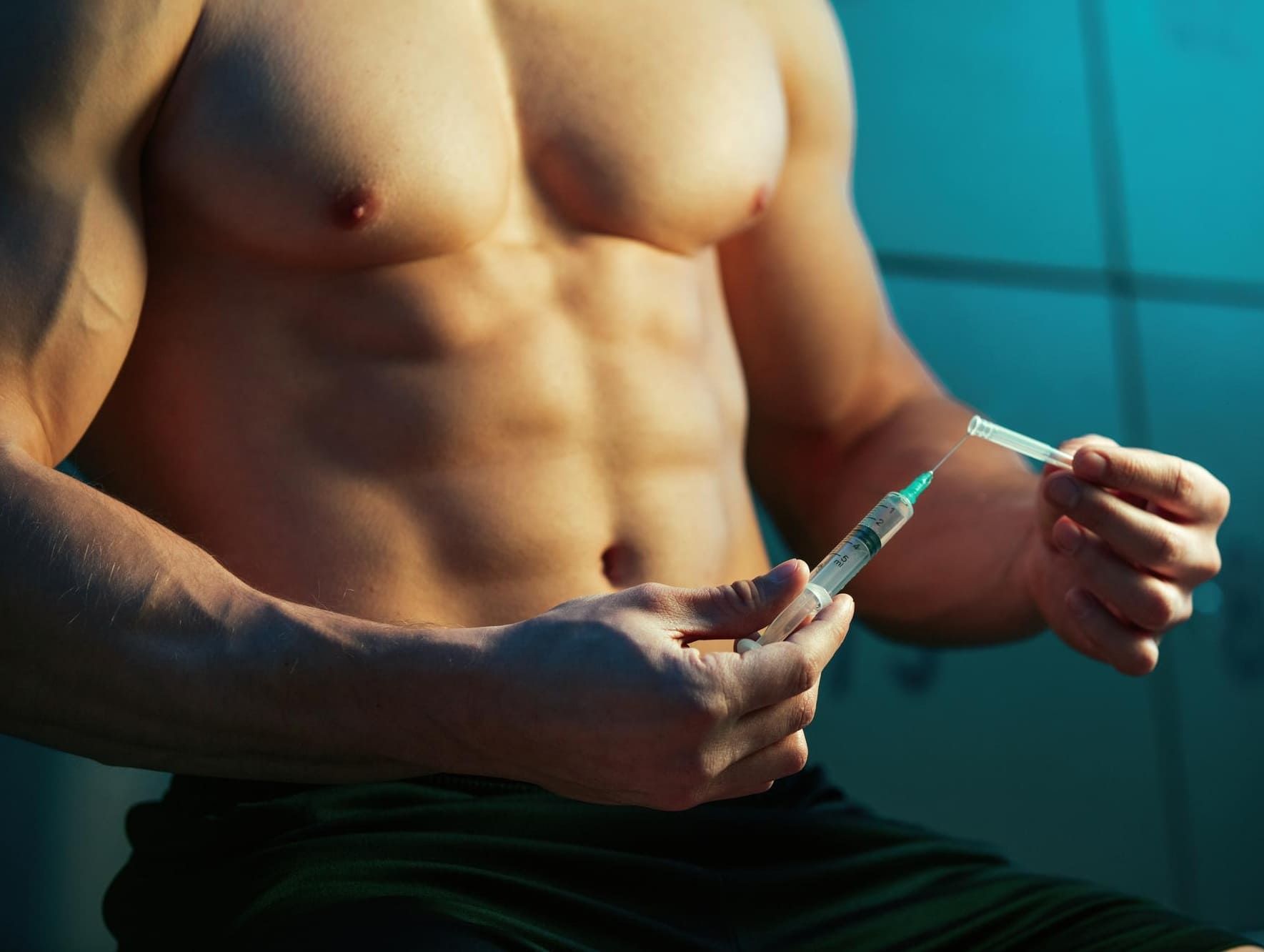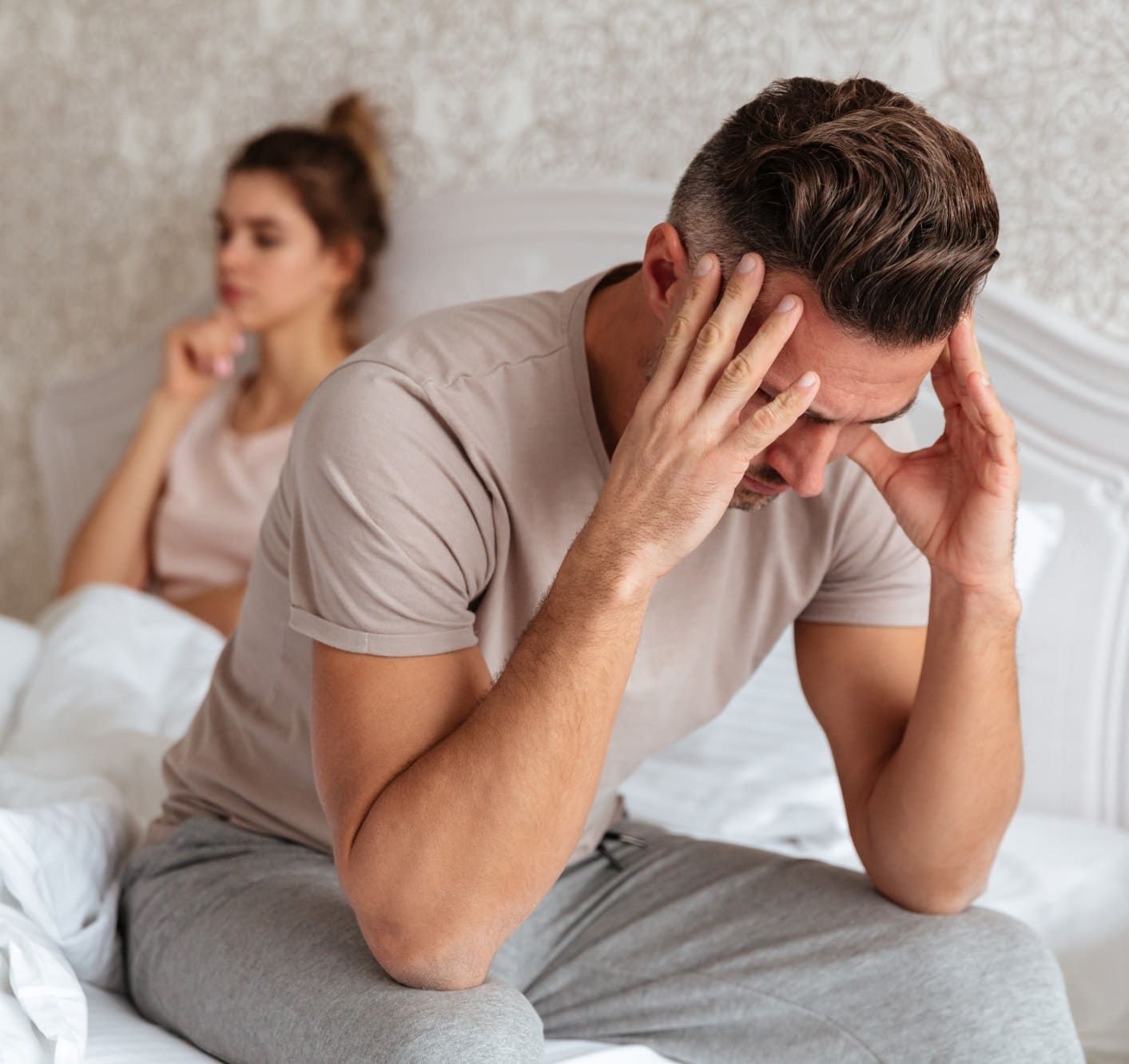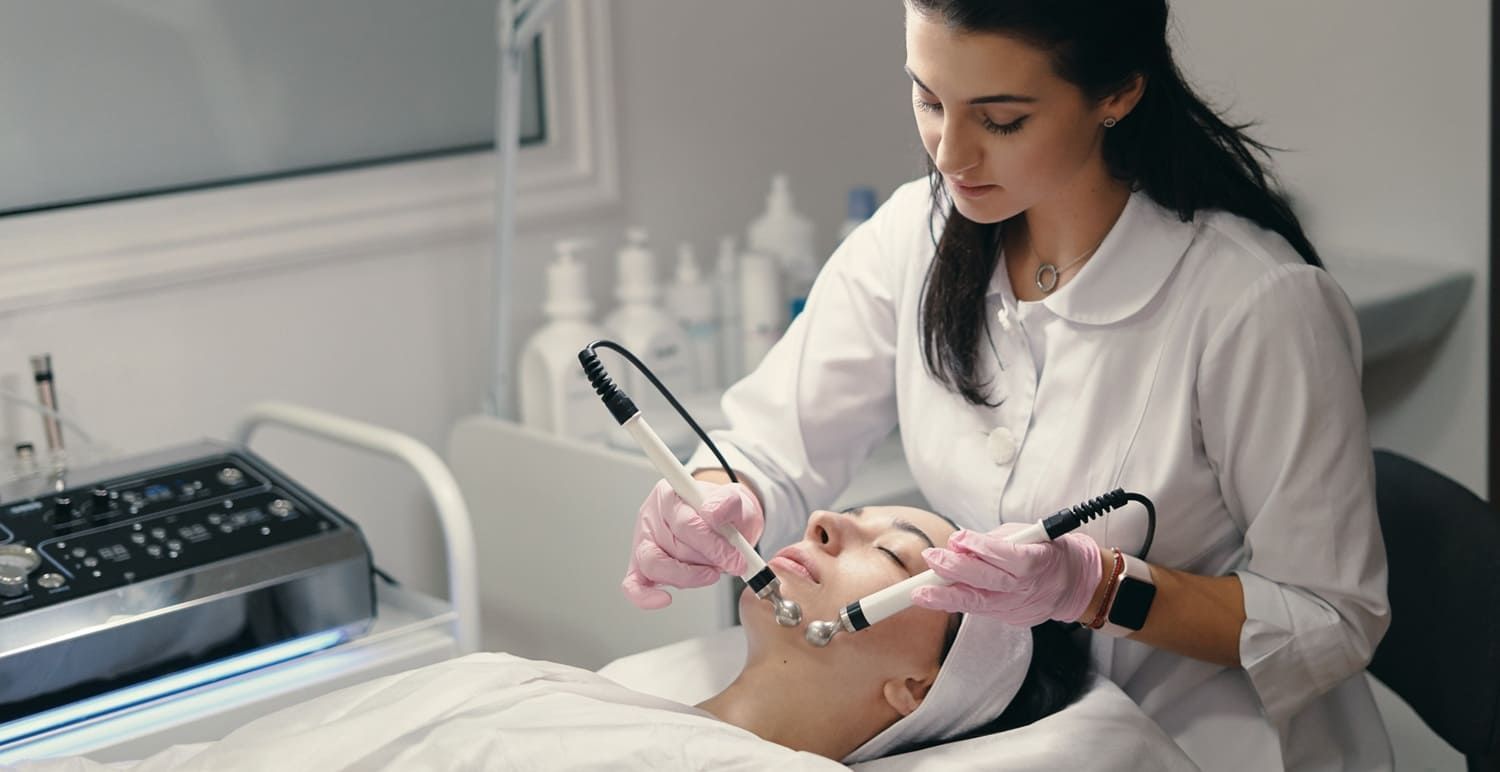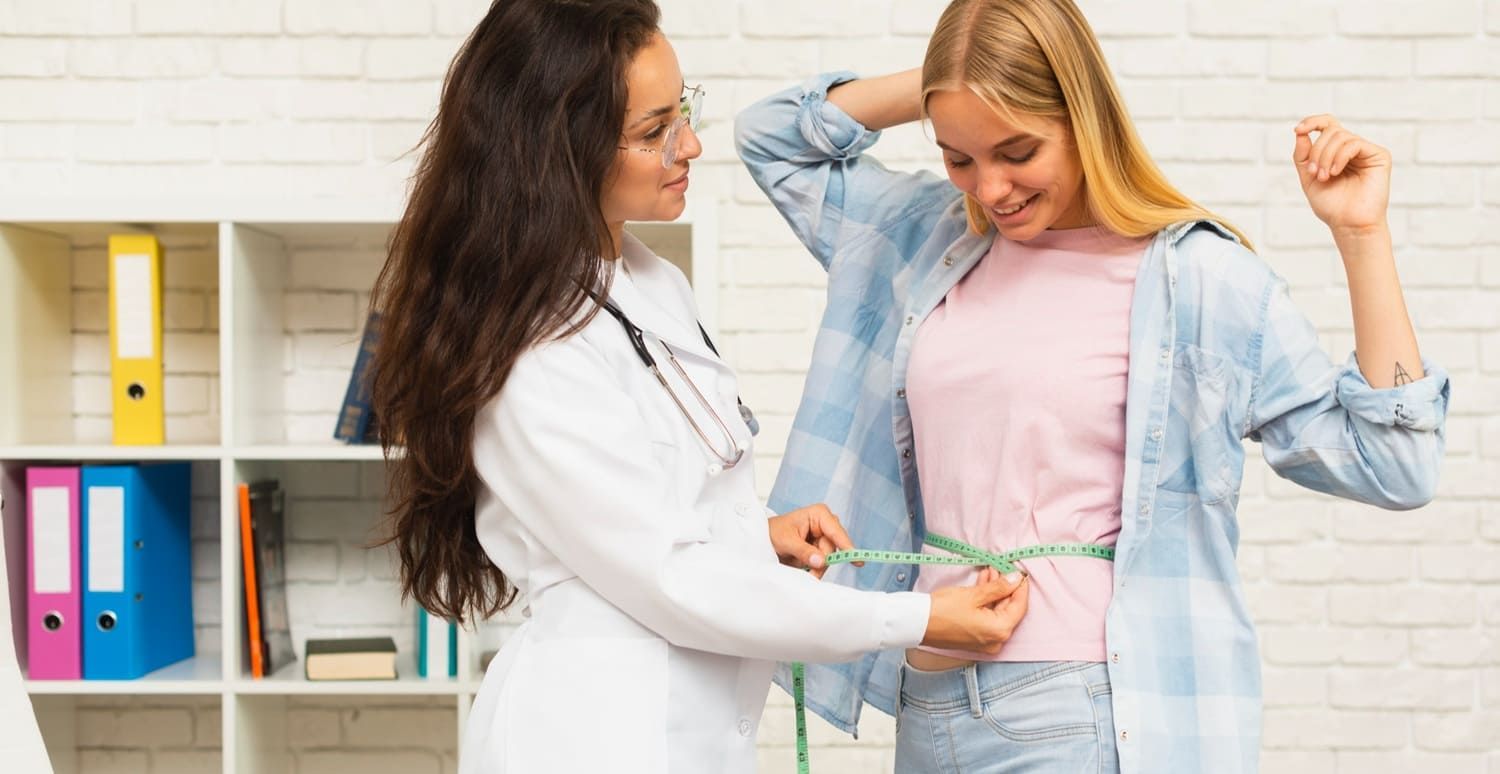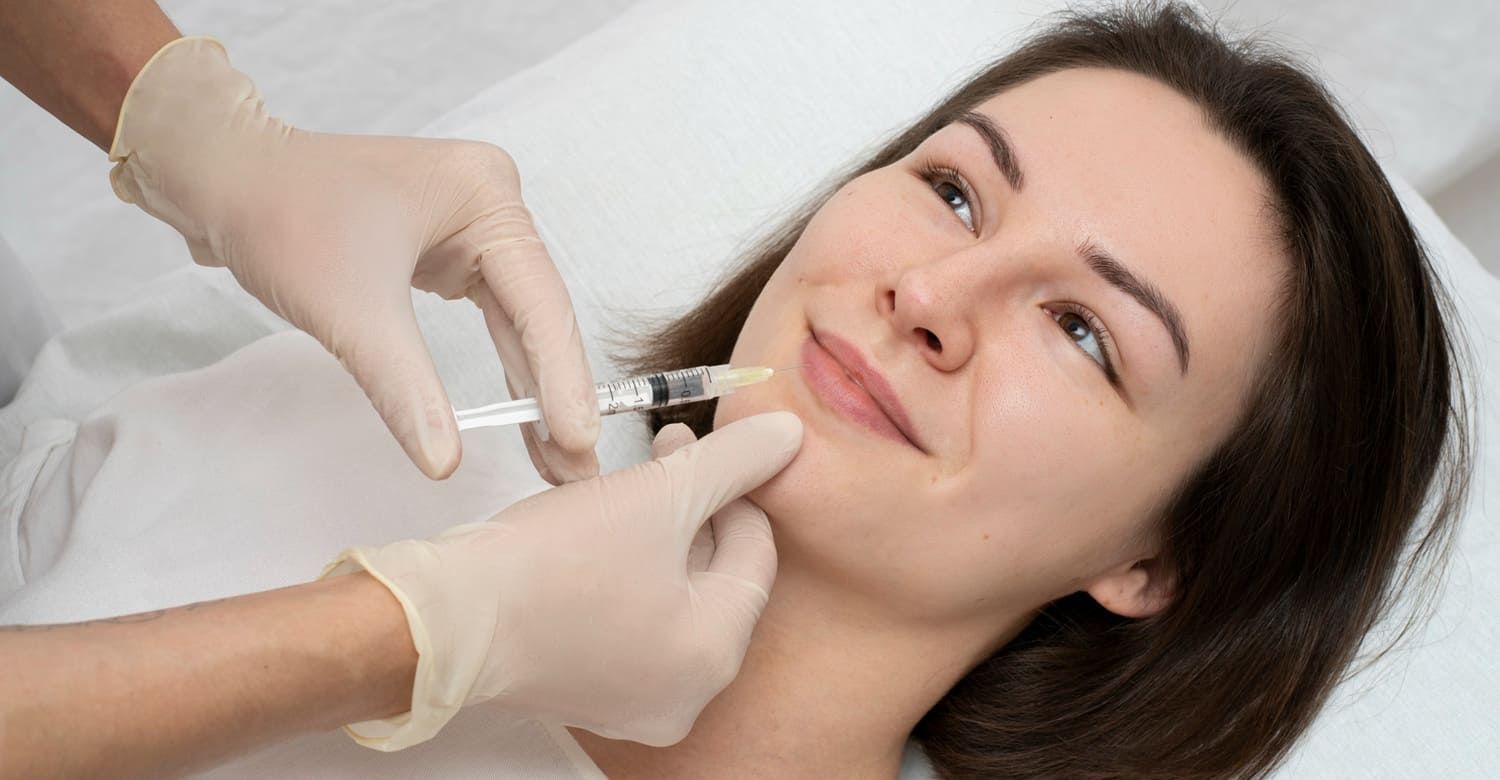Lip Filler 101: What to Expect From Your First Visit
Lip fillers are injectable substances that add volume to your lips. The most commonly used fillers are made from hyaluronic acid, a naturally occurring substance in your body that helps keep your skin hydrated and plump. This substance not only adds volume but also retains moisture, which contributes to the overall youthful appearance of the lips. These fillers are temporary, typically lasting between 6 to 12 months, depending on factors like your metabolism and the type of filler used. The longevity of the filler can also depend on how much product is injected and the specific areas of the lips that are treated.
Another important aspect of lip fillers is their reversibility. Unlike permanent implants, hyaluronic acid fillers can be dissolved with an enzyme called hyaluronidase if the results do not meet your expectations or if you experience any complications. This aspect provides peace of mind for many who are trying fillers for the first time. Additionally, the procedure's non-invasive nature means there is no need for anesthesia or an extended recovery period, making it an attractive option for those with busy lifestyles.
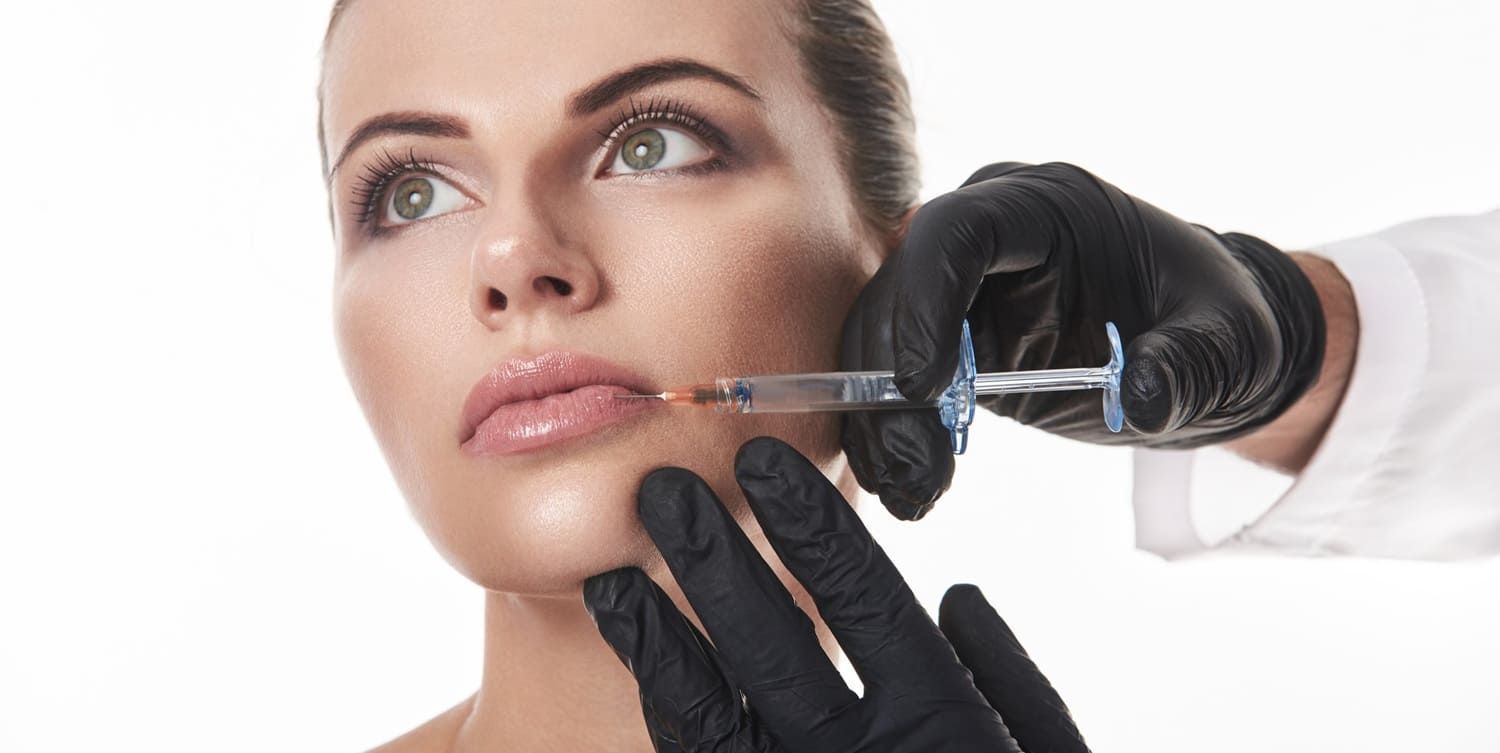
Preparing for Your First Visit
Before you book your appointment, it's crucial to do some research and preparation. Here are some steps to consider:
Choosing the Right Practitioner
Selecting a qualified and experienced practitioner is the most important step. Look for professionals with good reviews and extensive experience in administering lip fillers. It's beneficial to seek out practitioners who specialize in facial aesthetics and have a portfolio of before-and-after photos to review. In Tampa, there are many reputable clinics to consider for your lip filler treatment, but it's essential to verify their credentials and ensure that they are certified by recognized cosmetic boards.
It's also advisable to schedule consultations with a few different practitioners to find someone you feel comfortable with. During these consultations, ask questions about their experience, the types of fillers they use, and their approach to achieving natural-looking results. A good practitioner will take the time to understand your goals and provide personalized recommendations based on your facial structure and desired outcome.
Understanding the Cost
The cost of lip fillers can vary depending on the clinic, the practitioner's experience, and the type of filler used. On average, lip filler treatments can range from $500 to $2,000. Be sure to ask about the cost during your consultation and inquire if there are any additional fees, such as consultation fees or follow-up visits. It's important to consider the cost as an investment in your appearance and choose a practitioner based on their expertise rather than price alone.
Some clinics offer financing options or payment plans to make the treatment more accessible. It's worth discussing these options during your consultation to find a solution that fits your budget. Keep in mind that while cost is an important factor, the priority should always be the safety and quality of the treatment you receive.
Consultation and Expectations
During your initial consultation, discuss your goals and expectations with your practitioner. They will evaluate your lips and facial structure and recommend the best approach to achieve your desired look. It's important to have realistic expectations and understand that the goal is to enhance your natural beauty, not completely alter your appearance. Your practitioner should provide a clear explanation of what can be achieved with lip fillers and any limitations you should be aware of.
A well-conducted consultation will also cover potential risks and side effects, allowing you to make an informed decision. You should feel empowered to ask questions about the procedure, the types of fillers available, and the expected aftercare. The consultation is your opportunity to gauge the practitioner's expertise and ensure they understand your vision for the treatment.
The Lip Filler Procedure
Once you've prepared and chosen your practitioner, it's time for the procedure itself. Here's what you can expect:
Before the Injection
Before the procedure begins, your practitioner will clean your lips and apply a numbing cream to minimize discomfort. This cream takes about 15-30 minutes to take effect. While you wait, your practitioner will discuss the procedure steps with you, ensuring you feel comfortable and informed about what to expect. They may also take pre-treatment photos to document your progress and use as a reference for future treatments.
During this waiting period, you might also discuss any specific areas of your lips you wish to enhance, such as the cupid's bow or the corners of your mouth. The practitioner will mark these areas to guide the injection process and ensure precise results. This pre-injection phase is crucial for setting the foundation for a successful procedure and achieving the aesthetic results you desire.
During the Injection
The actual injection process is relatively quick, usually taking about 15-30 minutes. The practitioner will use a fine needle to inject the filler into specific areas of your lips. You might feel a slight pinch or pressure, but the numbing cream helps alleviate most discomfort. Some practitioners may also use a cannula, a blunt-tipped tool that can reduce bruising and ensure a smoother distribution of the filler.
As the filler is injected, the practitioner will carefully mold and shape your lips to achieve the desired volume and symmetry. They may ask you to look in a mirror and provide feedback during the procedure to ensure you're satisfied with the progress. Communication is key, and a skilled practitioner will adjust their technique based on your input and their professional judgment.
After the Injection
Post-injection, you might experience some swelling, bruising, or tenderness around the lips. These side effects are normal and should subside within a few days. Applying ice packs can help reduce swelling and soothe the area. Your practitioner will provide you with aftercare instructions to ensure optimal results and minimize discomfort. It's important to avoid strenuous exercise, excessive heat, and alcohol for at least 24 hours after the procedure to reduce the risk of complications.
You may also be advised to sleep with your head elevated to minimize swelling. Following the aftercare guidelines is crucial for ensuring the best possible outcome and maintaining the health of your lips. If you experience any unusual symptoms or have concerns post-treatment, don't hesitate to contact your practitioner for advice and reassurance.
What to Expect After Your Treatment
Immediate Results
One of the benefits of lip fillers is that results are visible immediately. However, keep in mind that your lips may appear larger initially due to swelling. Give it a few days for the swelling to go down and for the final results to settle in. This period allows the filler to integrate with your tissue, resulting in a more natural appearance.
During the first week, your lips will gradually take on their final shape and volume. It's important to be patient during this time and allow your body to adjust to the changes. Avoiding makeup on the lips and minimizing movement, such as puckering or pursing, can help enhance the healing process.
Follow-Up Appointments
Your practitioner might schedule a follow-up appointment to assess the results and ensure you're satisfied with your new look. This is also a good time to discuss any concerns or additional adjustments you might want. It's an opportunity to evaluate the treatment's success and plan any future enhancements or maintenance procedures.
During the follow-up, your practitioner can address any residual swelling or asymmetry and make necessary touch-ups if needed. Regular follow-ups also help build a relationship with your practitioner, ensuring continuity of care and enabling them to track your progress over time.
Tips for Maintaining Your Lip Fillers
To ensure your lip fillers last as long as possible, follow these maintenance tips:
- Avoid excessive sun exposure: Protect your lips from the sun by using a lip balm with SPF. The sun's UV rays can accelerate the breakdown of hyaluronic acid, affecting the longevity of your fillers.
- Stay hydrated: Drinking plenty of water helps maintain your filler's longevity, as hyaluronic acid binds to water. Well-hydrated skin also enhances the overall appearance of your lips.
- Avoid smoking: Smoking can break down the filler more quickly and affect the overall look of your lips. It also increases the risk of infection and prolongs the healing process.
- Be gentle: Avoid massaging or applying pressure to your lips, especially in the first few days after treatment. This helps prevent displacement of the filler and ensures even distribution.
In addition to these tips, maintaining a healthy lifestyle and following a skincare routine that includes moisturizing your lips can contribute to the preservation of your fillers. Regular touch-ups and consultations with your practitioner will also help you achieve long-lasting, beautiful results.
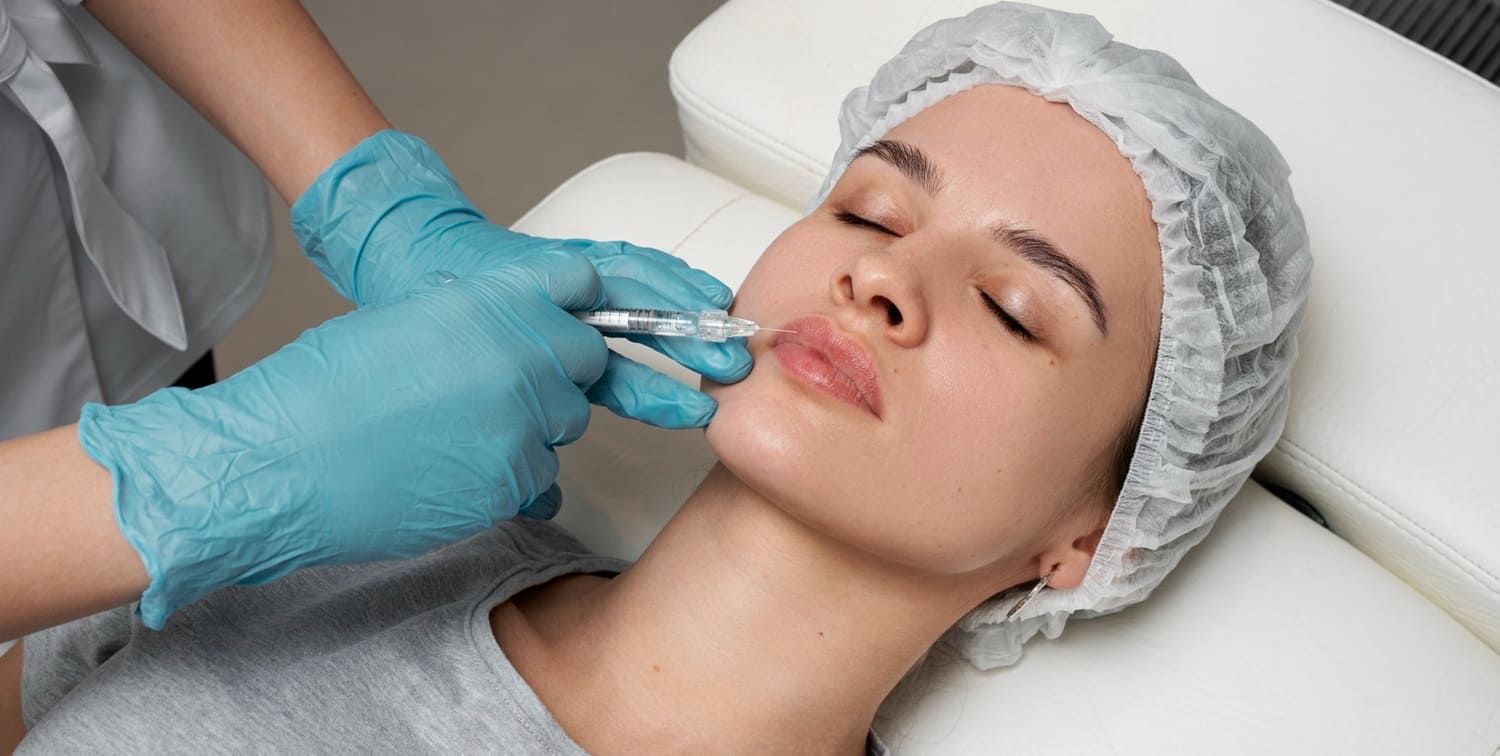
Addressing Common Concerns
Are Lip Fillers Safe?
Lip fillers are generally considered safe when performed by a qualified practitioner. However, as with any cosmetic procedure, there are risks involved. These can include infection, asymmetry, or allergic reactions. It's important to discuss any concerns with your practitioner before proceeding with the treatment. A comprehensive medical history and allergy assessment can help mitigate potential risks and ensure a safe experience.
To further minimize risks, choose a practitioner who uses high-quality, FDA-approved fillers and adheres to strict hygiene standards. If you experience any complications, having a skilled and responsive practitioner can make all the difference in achieving a successful outcome.
Will It Hurt?
Most patients report minimal discomfort due to the numbing cream applied before the procedure. If you're concerned about pain, discuss this with your practitioner, who may offer additional pain management options. Some clinics provide numbing injections or use advanced techniques to further minimize discomfort during the procedure.
Understanding the process and knowing what to expect can also alleviate anxiety about potential pain. Many patients find that the anticipation is worse than the actual sensation, and the quick nature of the procedure means any discomfort is short-lived.
How Often Will I Need Touch-Ups?
The longevity of your lip fillers depends on the type of filler used and your body's metabolism. Generally, touch-ups are recommended every 6 to 12 months to maintain your desired look. Regular touch-ups can also help build on previous results, allowing you to gradually achieve more volume or definition as desired.
Discussing a long-term plan with your practitioner can help you schedule touch-ups at optimal intervals and ensure a consistent appearance. This proactive approach allows you to manage the effects of natural aging and maintain the enhancements made by your lip fillers.
Conclusion
At Pure Health & Hormone Center in Tampa, FL, we believe in enhancing your natural beauty with safe, subtle, and expertly performed treatments—like lip fillers. These non-invasive enhancements can add volume and definition, helping you achieve a more refreshed and confident look.
By preparing properly, choosing a skilled and experienced practitioner, and following aftercare instructions, you can enjoy natural-looking, satisfying results. Whether you're local to Tampa or exploring cosmetic options nearby, taking the time to plan your treatment ensures a positive experience and beautiful outcome.
Lip fillers are designed to highlight your natural features—not change who you are. When done thoughtfully and with precision, they offer a subtle yet impactful way to boost your self-confidence and feel more at home in your own skin.
Schedule a consultation with Pure Health & Hormone Center today, and take the first step toward a more radiant, empowered you.
FAQs About Getting Lip Fillers for the First Time
What are lip fillers and how do they work?
Lip fillers are injectable treatments using hyaluronic acid-based gels to add volume, shape, and hydration to the lips.
Is getting lip filler painful?
Most providers use numbing cream or local anesthetic, so the procedure causes only mild discomfort, often described as a quick pinch.
How long does a lip filler appointment take?
A typical first-time visit takes 30 to 60 minutes, including consultation, numbing, and the injection process.
What should I expect during my first lip filler consultation?
Your provider will discuss your goals, medical history, facial balance, and recommend the right amount and type of filler for a natural result.
Will my lips look swollen after the procedure?
Yes, mild to moderate swelling and bruising are common in the first 24–72 hours, but this typically resolves within a few days.
When will I see the final results?
Initial results are visible right away, but final results settle in about 7–14 days once swelling subsides and the filler integrates.
How long do lip fillers last?
Most lip fillers last 6 to 12 months, depending on the product used, your metabolism, and lifestyle factors.
Are lip fillers reversible if I don’t like the result?
Yes. Hyaluronic acid fillers can be dissolved with hyaluronidase, an enzyme that breaks down the product safely.
How much filler is usually used for first-timers?
First-timers often start with 0.5 to 1 syringe (0.5–1 mL) for a subtle enhancement and balanced look.
Do lip fillers look natural?
With a skilled injector, fillers can enhance your lips subtly and proportionally, avoiding the “overfilled” appearance.
What should I avoid before getting lip fillers?
Avoid alcohol, aspirin, ibuprofen, fish oil, and blood-thinning supplements for 24–48 hours before treatment to reduce bruising.
Can I go back to work after getting lip fillers?
Yes. Most people return to normal activities immediately, though you may want to avoid strenuous exercise and social events for a day or two.
Is there downtime after lip filler injections?
There’s minimal downtime, but mild swelling, tenderness, and occasional bruising may occur for a few days.
How do I care for my lips after filler?
Apply ice packs gently, avoid touching or massaging the area, stay hydrated, and skip makeup and kissing for 24 hours.
Are lip fillers safe?
Yes, when performed by a qualified, licensed injector using FDA-approved products in a clean, medical setting.
What are possible side effects of lip fillers?
Common side effects include swelling, bruising, redness, and tenderness. Rare risks include lumps, asymmetry, or vascular complications.
Will I need a follow-up appointment?
Some providers offer a 2-week follow-up to assess results and make any minor adjustments if needed.
How do I choose the right injector?
Look for a licensed medical professional with experience in facial aesthetics, positive reviews, and a portfolio of before-and-after photos.
Do lip fillers stretch the skin over time?
No, when done conservatively. The body naturally breaks down the filler, and repeated treatments don’t typically cause long-term stretching.
What if I want more volume later?
You can always add more filler gradually in future appointments for a buildable and customized result.


